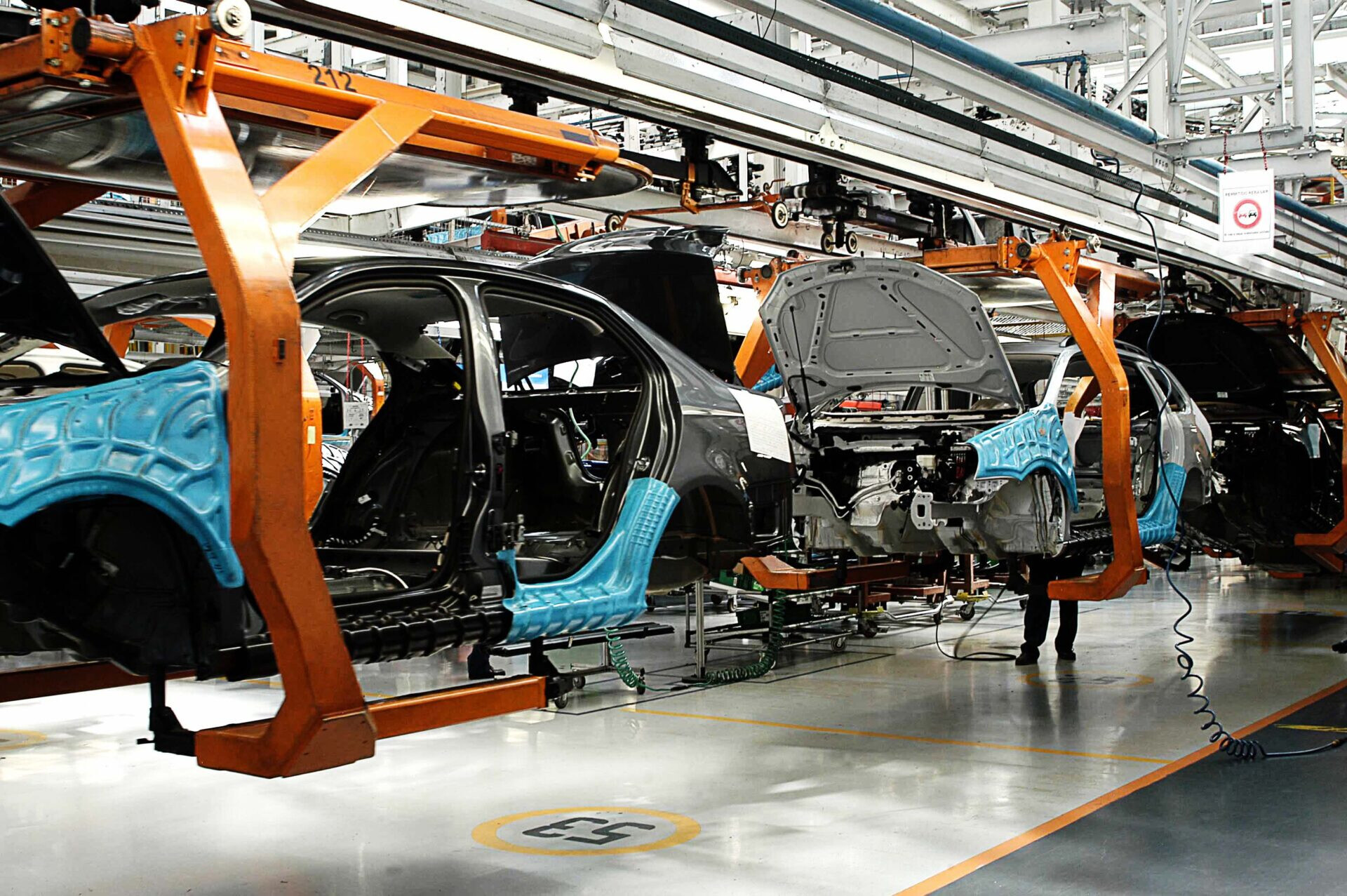Why investors should hold their nerve in Mexico
The emerging market sell-off caused many international investors in Latin America to run for the exits. But, as we explore, Mexico still holds potential for investors...

Mexico's years in the economic wilderness
For decades Mexican policymakers tried to forge a modern economy without the success. Throughout the 1980s and 1990s, Mexico followed the ‘Washington Consensus’. Significant reform efforts” included “signing free-trade agreements… privatising around 1,000 state-owned firms, attaining fiscal discipline and achieving central bank independence. Yet despite all this painful medicine, Mexicans still found themselves stuck with decades of mediocre growth. Eventually they were overtaken by Brazil as Latin America’s largest economy and overlooked by investors seeking more exciting emerging markets.
The Fruits of Reform
Now, however, Mexico might just be about to come into its own. Opening up the economy may have been painful, but it has served its purpose – forcing Mexican firms to be competitive and keeping costs low at the same time as the North American Free Trade Agreement (NAFTA), with the US and Canada, has opened up new markets.

Throw in a large, young workforce, which keeps wage inflation in check, plus a great location next to the world’s biggest economy, and it’s easy to see why Mexico has finally become a real export powerhouse: manufacturing has grown from just 2% of GDP in the 1980s to almost 25% today.
But the story still has plenty more mileage in it. Mexico’s ‘demographic window’ should last until 2026, while cost increases in China will continue to make Mexican products more competitive – especially in the Americas. HSBC expects the value of Mexico’s exports, which currently stand at $700bn, to double over the next eight years – and that’s despite the fact that international trade already accounts for 60% of its GDP (the comparable number for Brazil is a mere 19%).
Getting back on top
Add all this up and analysts at Japanese bank, Nomura, believe that Mexico’s economy has a good chance of overtaking Brazil and regaining its position as Latin America’s number-one economy by the early 2020s.
If our forecast comes true, it will be a ‘LatAm’ success story based on liberal economic policies and manufacturing productivity, surpassing the commodity-exporting, more statist approach to the economy represented today by Brazil.”
External factors also seem bullish. Mexico should be among the better performers in the region over the next couple of years, thanks to the remarkable resilience of its main export market (America), the problems in Europe, and also the fact that it does not rely too heavily on commodities production. This means that for Mexico the effects of a Chinese slowdown and fall in commodity prices will be positive and not negative. Another boost is coming in the shape of a new reform package called Pact for Mexico. Led by new president, Enrique Peña Nieto, the country’s three political parties have come together and identified a set of fundamental problems that need to be reformed. Early victories in areas like education paved the way for the reform of thornier economic issues, such as the fiscal system and the energy sector. If these reforms are successful they will boost productivity, which should continue to drive the Mexican economy regardless of the latest speech from Ben Bernanke.